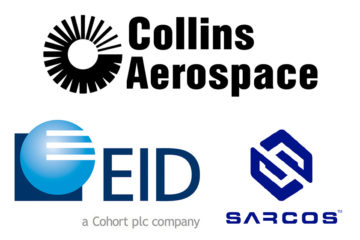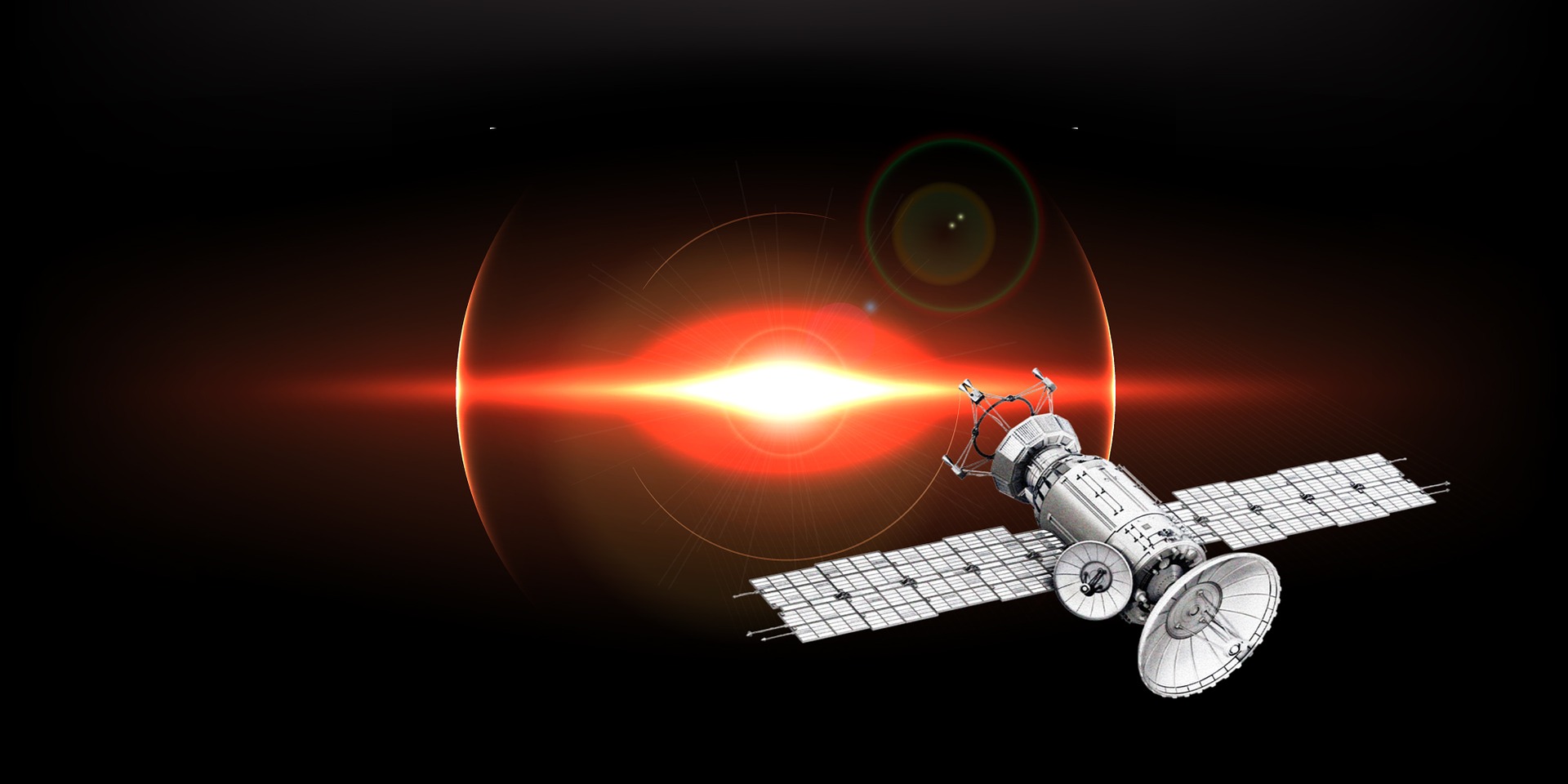The US Navy’s next generation supership/aircraft carrier USS Gerald R Ford will skip an important test and be commissioned next month.

As of June 1, the ship completed two sets of acceptance trials, which are tests conducted by the US Navy Board of Inspection and Survey to examine whether the vessel has been constructed in accordance with the contract and the crew’s ability to conduct offshore operations.
USS Gerald R Ford is the first in her Class of ships in 40 years since the nuclear-powered Nimitz aircraft carrier.
Construction
- The ship weighs 100,000 tons to 112,000 tons and is 1,092 feet long with a 134-feet beam.
- The design of USS Gerald R Ford resembles the Nimitz for the most part, with a few remarkable exceptions.
- There are four launch positions – two at the starboard and two at the port).
- The Ford has retained the Nimitz’ angle retrieval deck running from the stern to the port.
- The major difference between Ford and Nimitz is that the former’s Island superstructure (flight command center) has been shifted to a more aft position along starboard.
- The aft starboard side hangar elevator closer to amidships. The hangar will get a second starboard side hangar elevator as well as a single portside hangar elevator.
- The hull has been designed more aerodynamically to make the vessel stealthy.
- Overall, the carrier is shorter in height and longer in length than the Nimitz. This will give it a greater mission duration capability.
- Around 10 million feet of electric cable and 4 million feet of fiber optic cable have been used to electrify and connect the nuclear-powered carrier.
The carrier will be faster and will accommodate fewer crew members in order to minimize fuel requirements and fulfill several other safety and ergonomic considerations.
Features
- USS Gerald Ford will be equipped with Electromagnetic Aircraft Launch System for aircraft catapult. This system allows increased acceleration, lower maintenance, and lower stress levels.
- To reel in incoming bogies (fighter jets), the conventional technology has been replaced with Advanced Arrestor Gear.
- Several additional facilities have been incorporated to take on new roles and reduce crew member requirements.
- The Ford is equipped with two nuclear power plants instead of the smaller A4W nuclear reactors. Designed and produced by Bechtel Marine Propulsion Corporation, this power plant will showcase practically an unlimited range which will allow it to reach any part of the world.
- It is also equipped with technology that can draw water, desalinate it and use it for the reactor and several other purposes within the Herculean carrier craft.
- For the weapons system, the young Titan features surface-to-air missiles, a Rolling Airframe Missile suite, Digital Close-In Weapon System and AN/SPY radar suite and active search and tracking system.
- The vessel will carry modernized and advanced fighter jets and strike aircraft’s, specialty aircraft’s, transports and helicopters. Reports suggest that the new Lockheed F35 Lightning II series and F/A-18 Hornet and Super Hornet jets would make their debut, too.
Costing around USD 12.9 billion (USD 2 billion more than expected), Gerald R Ford has been scheduled for a 2021 battle-field launch.
She was delivered to the Navy on June 1, after completing its second set of sea trials known as acceptance trials.
After several hiccups and speculations, the Byzantine aircraft carrier has been pushed forward for commissioning in July. Experts suggest that the first-of-their-class ships usually do not undergo intermediate tests and the commissioning is being done early only to avoid any further costs and delays.



0 Comments